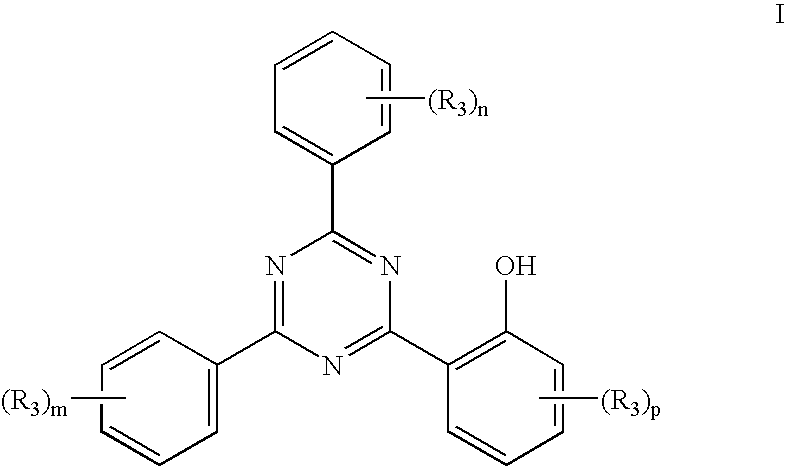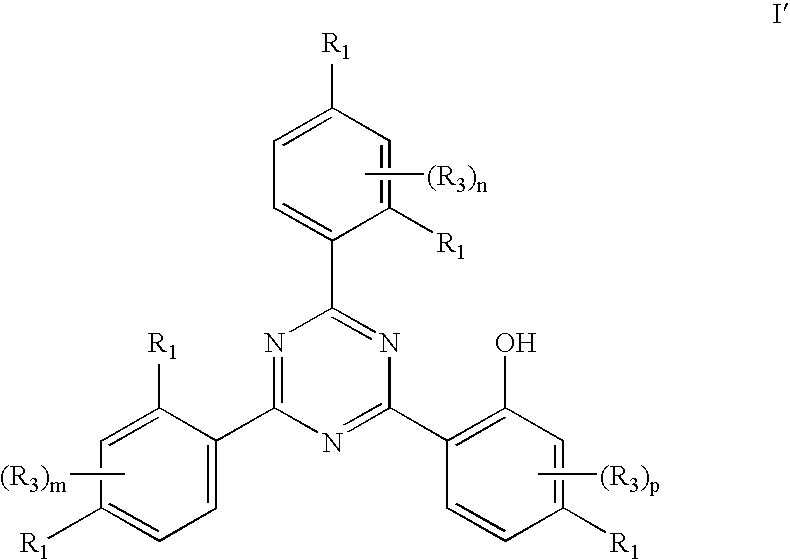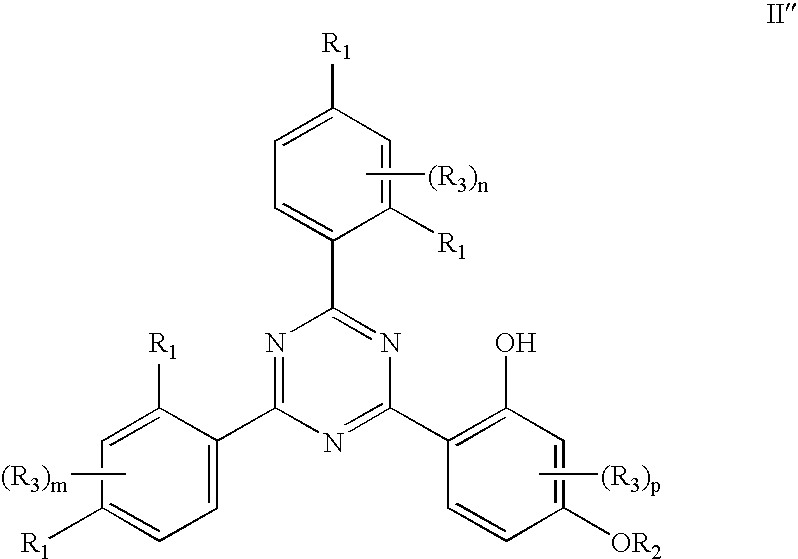Process of transferring transferable protection overcoat to a dye-donor element
a technology of protective overcoat and dye, which is applied in the direction of diffusion transfer process, thermography, instruments, etc., can solve the problems of reducing the gloss of final prints, and reducing the gloss of laminated prints. , to achieve the effect of enhancing the gloss of final prints, reducing line times, and speeding up printing
- Summary
- Abstract
- Description
- Claims
- Application Information
AI Technical Summary
Benefits of technology
Problems solved by technology
Method used
Image
Examples
examples
Receiving Element
[0078]Kodak Ektatherm® receiving element, Catalog #172-5514, was used in the printing technique outlined below to produce the images for measurement of gloss.
Printing:
[0079]Using Kodak Professional EKTATHERM XLS XTRALIFE Color Ribbon (Eastman Kodak Co. Catalog No. 807-6135) and a Kodak Model 98650 Thermal Printer, a Status A neutral density image with a maximum density of at least 2.3 was printed on the receiver described above. The color ribbon-receiver assemblage was positioned on a 18 mm platen roller and a TDK thermal head (No. 3K0345) with a head load of 6.35Kg was pressed against the platen roller. The TDK 3K0345 thermal print head has 2560 independently 15 addressable heaters with a resolution of 300 dots / inch and an average resistance of 3314Ω. The imaging electronics were activated when an initial print head temperature of 36.4° C. had been reached. The assemblage was drawn between the printing head and platen roller at 16.9 mm / sec. Coincidentally, the resi...
examples 1 to 16
Inventive Element I-1 thru I-4
[0087]These elements are the same as C-1 with the addition to the transferable overcoat layer of CGP-1644 (Ciba Specialty Chemicals), a triazine, at a laydown of 0.08, 0.11, 0.16 and 0.32 g / m2, respectively.
Comparative Element I-5 thru I-7
[0088]These elements are the same as C-1 with the addition to the transferable overcoat layer of Tinuvin® 1577FF (Ciba Specialty Chemicals), a triazine, at a laydown of 0.08, 0.16 and 0.32 g / m2, respectively.
Inventive Element I-8 thru I-10
[0089]These elements are the same as C-1 with the addition to the transferable overcoat layer of Tinuvin® 328 (Ciba Specialty Chemicals), a benzotriazole, at a laydown of 0.08, 0.16 and 0.32 g / m2, respectively.
Inventive Element I-11 thru I-13
[0090]These elements are the same as C-1 with the addition to the transferable overcoat layer of Cyasorb® UV11644 ® (Cytec Industries), a triazine, at a laydown of 0.08, 0.16 and 0.32 g / m2, respectively.
Inventive Element I-14
[0091]This element is ...
example 17
[0096]This example shows improved gloss from incorporation of an organic gloss-enhancing agent in the over-protective laminate according to the present invention at fast line time. Using KODAK Photo Printer Kit 6400® (Eastman Kodak Co. Catalog No. 180-2016) receiver with various test color ribbons and a KODAK Photo Printer 6400®, a Status A neutral density image with a maximum density of at least 2.3 was printed on the receiver described above.
[0097]The color ribbon-receiver assemblage was positioned on a 18 mm platen roller and a thermal print head with a load of 3.18 Kg pressed against the platen roller. The thermal print head has 1844 independently addressable heaters with a resolution of 300 dots / inch and an average resistance of 4800 ohms. The imaging electronics were activated when an initial print head temperature of 37° C. had been reached. The assemblage was drawn between the printing head and platen roller at 70.5 mm / sec (1.2 ms line time) for yellow, magenta, cyan, and cl...
PUM
| Property | Measurement | Unit |
|---|---|---|
| time | aaaaa | aaaaa |
| gloss | aaaaa | aaaaa |
| gloss | aaaaa | aaaaa |
Abstract
Description
Claims
Application Information
 Login to View More
Login to View More - R&D
- Intellectual Property
- Life Sciences
- Materials
- Tech Scout
- Unparalleled Data Quality
- Higher Quality Content
- 60% Fewer Hallucinations
Browse by: Latest US Patents, China's latest patents, Technical Efficacy Thesaurus, Application Domain, Technology Topic, Popular Technical Reports.
© 2025 PatSnap. All rights reserved.Legal|Privacy policy|Modern Slavery Act Transparency Statement|Sitemap|About US| Contact US: help@patsnap.com



